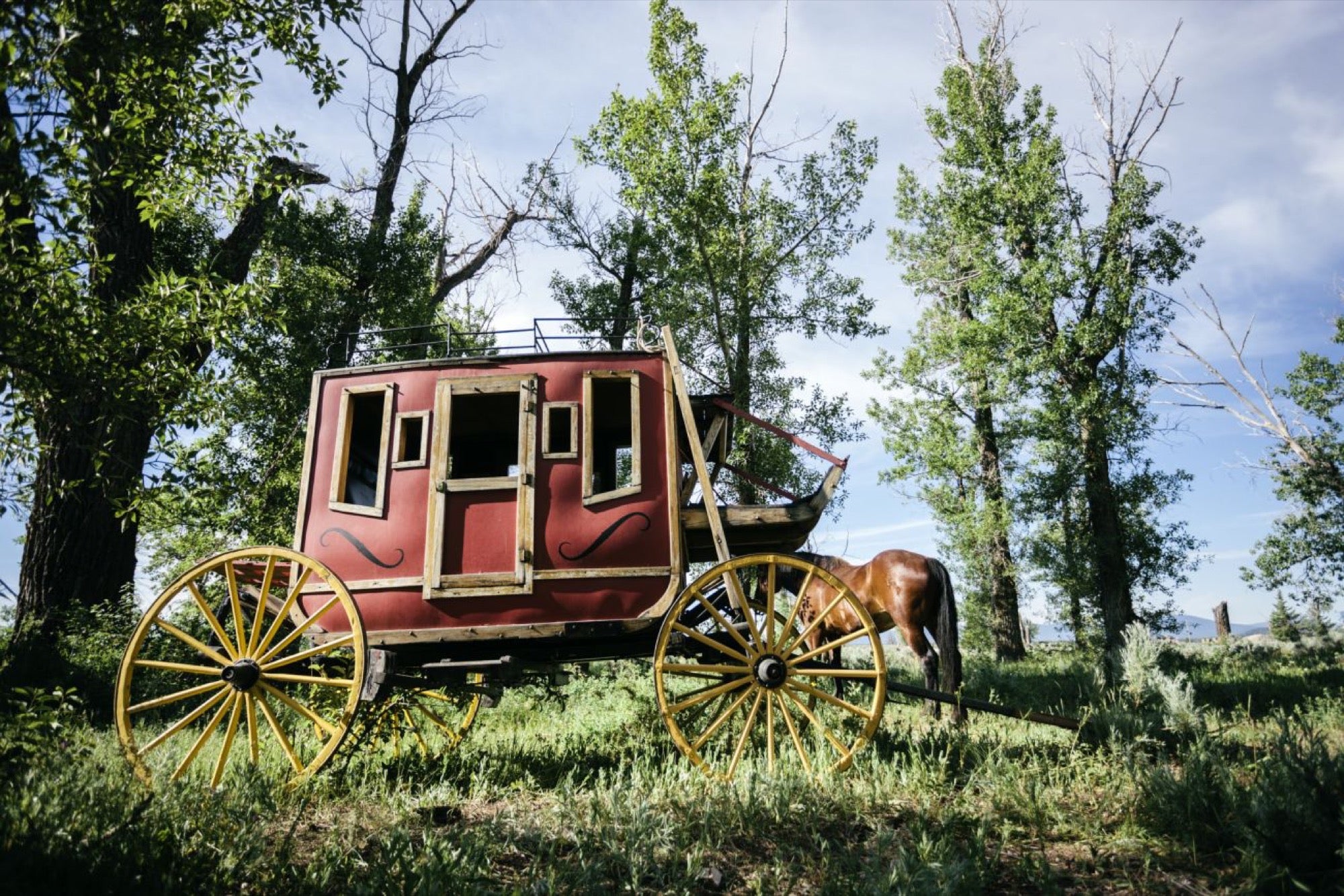How Compelling Storytelling Can Help You Build a Heritage Brand You no longer need a legacy of years of brand equity. You just need brand equity, itself. Heritage storytelling is a way to get there.
By Anna Johansson Edited by Dan Bova
Opinions expressed by Entrepreneur contributors are their own.

Businesses are always looking for ways to set themselves apart. While unique products, innovative services and other distinguishing factors play a role, branding is what typically fosters a unique identity.
Related: How to Use Storytelling to Sell Your Brand and Vision
And, at a time when people are constantly looking back and dreaming of the "good old days," heritage branding is enormously powerful -- and closely connected to the storytelling that's such a frequent element in successful marketing.
First, what is heritage branding?
In the traditional sense, a heritage brand is a company that's been around for decades -- perhaps centuries -- and finds a way to tap into this history in order to procure loyalty and drive future sales.
Wells Fargo is a good example. Founded in 1852 by Henry Wells and William Fargo, the company has survived for 166 years and evokes emotional ties in many customers whose families have long been connected to the business. There's even a direct nod to heritage branding in the company's stagecoach logo.
Lee, the popular apparel company known for selling denim jeans, is another good illustration. Founded in 1889 by H.D. Lee, the company has been synonymous with the term "blue jeans." To this day, the company taps into this history by telling stories and publishing content that honors the past, while encouraging customers to remain fashion forward.
Related: The 5 Elements of Storytelling Every Entrepreneur Needs to Know
But you don't have to be a classic "heritage brand" to implement elements of heritage branding into your marketing strategy. That strategy is not about having decades of history; it's about telling your story and humanizing your brand. Whether your business was founded in 1887, 1997 or 2017, you have a story.
How storytelling can enhance your heritage branding.
Consumers are always on the lookout for brands they can trust. In the past, they've looked at a company's time line to determine whether or not a brand was trustworthy. When they found a brand that had been around for generations, it was typically considered steady and reliable, while a newer brand was viewed in a more skeptical light.
But this sentiment has shifted in recent years. Today, you no longer need a legacy of years of brand equity, meaning the commercial value that stems from public perception. You just need brand equity itself.
So, you may not have 200 years of history, but maybe you have 10. You may not have generational customers, but maybe you have clients who have been with you since the beginning. As long as you have some history, you can leverage the principles of heritage branding to your advantage.
How so? Through storytelling.
By making an investment in content marketing, you can tell your brand's story and relay your heritage to connect with customers on an emotional level and encourage loyalty. Here's how:
1. Record your history.
If you don't know your story, you can't relay it to customers. While you obviously can recollect where things began and how the business has evolved, take the time to actually put pen to paper and record the time line, dates and important moments. In doing so, you'll begin to see some common trends and identify a story that connects who you are now to who you were at the beginning.
2. Be authentic.
You might not have a compelling history, but don't try to compensate by fictionalizing your past. Authenticity is the key to successful heritage branding. Making up stories -- or even embellishing them -- will only come back to bite you.
3. Focus on people.
Your company history is interesting, but customers really want to hear stories about people. Your focus should be less on corporate elements and more on the people who have built your brand from the ground up. This is the true heart of a heritage brand.
4. Evoke nostalgia.
Nostalgia has a way of intoxicating people and making them align with certain brands. Having said that, you'll have a far better chance of being successful in your heritage branding efforts if you can evoke some sort of nostalgia in your storytelling.
5. Never stop innovating.
Why have companies like Wells Fargo and Lee hung around, while massive brands like Kodak and Blockbuster eventually withered away? In short, the former two brands have continued to innovate while still acknowledging their heritage.
Heritage and innovation don't necessarily have to be in opposition with each another. In fact, traditional heritage brands -- i.e., those that have been around for decades -- are the best at innovating. This is how they continue to remain competitive in an ever-shifting landscape. Make sure that while your business embraces its heritage, it continues to press forward through innovation.
Related: 7 Storytelling Structures to Improve Your Presentations (Infographic)











